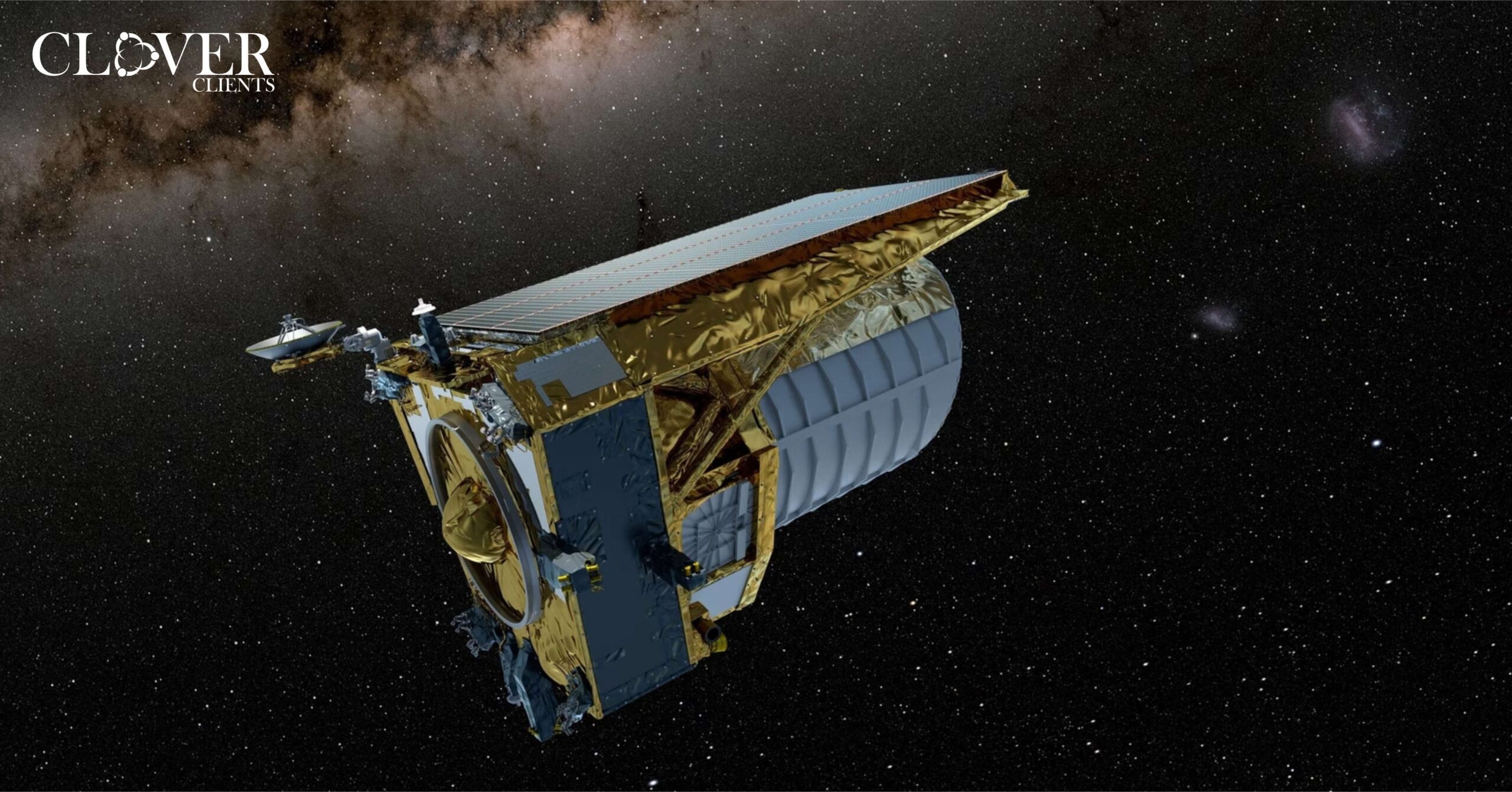At 11:12 a.m. ET on Saturday, a SpaceX Falcon 9 rocket carrying the Euclid Space Telescope lifted off from Florida’s Cape Canaveral Space Force Station. The mission was long awaited by several astronomy enthusiasts as it has the potential to explore several mysteries, theories, and questions.
The Telescope
The four-foot-diameter, 1.2-meter-diameter telescope has begun a month-long voyage to the sun- Earth Lagrange point L2, which is around 1 million miles (1.6 million kilometers) from Earth and also serves as the home of NASA’s James Webb Space Telescope. Euclid will follow Earth as it revolves around the sun.
Euclid will spend two months testing and calibrating its equipment, a visible light camera and a near-infrared camera/spectrometer, after entering orbit. Then, over the following six years, it will observe one-third of the sky.
Over the course of its six-year mission, the Euclid telescope will survey 36% of the sky, and to examine such a big region, the telescope has an extremely broad field of vision.
“Euclid is coming at a really interesting time in the history of cosmology,” said Jason Rhodes, a physicist at NASA’s Jet Propulsion Laboratory who leads Euclid’s U.S. science team. “We are entering a time when Euclid is going to be great at answering questions that are just now emerging. And I am certain that Euclid is going to be fantastic for answering questions we haven’t even thought of.”
A Wider Horizon!
The spaceship won’t be the only one gazing into the universe’s dark recesses. However, astronomers will utilize Euclid to scan large swaths of the extragalactic sky at once, in contrast to the Hubble and James Webb Space Telescopes, which concentrate intently on one area of the sky at a time.
Euclid will image the universe’s structure around one billion years after the Big Bang in three of the locations it records, going even further back in time. Before arriving at the second Lagrange Point, which is a stable hovering location around 1.5 million kilometers (about 930,000 miles) from Earth, Euclid will spend about one month journeying through space.













